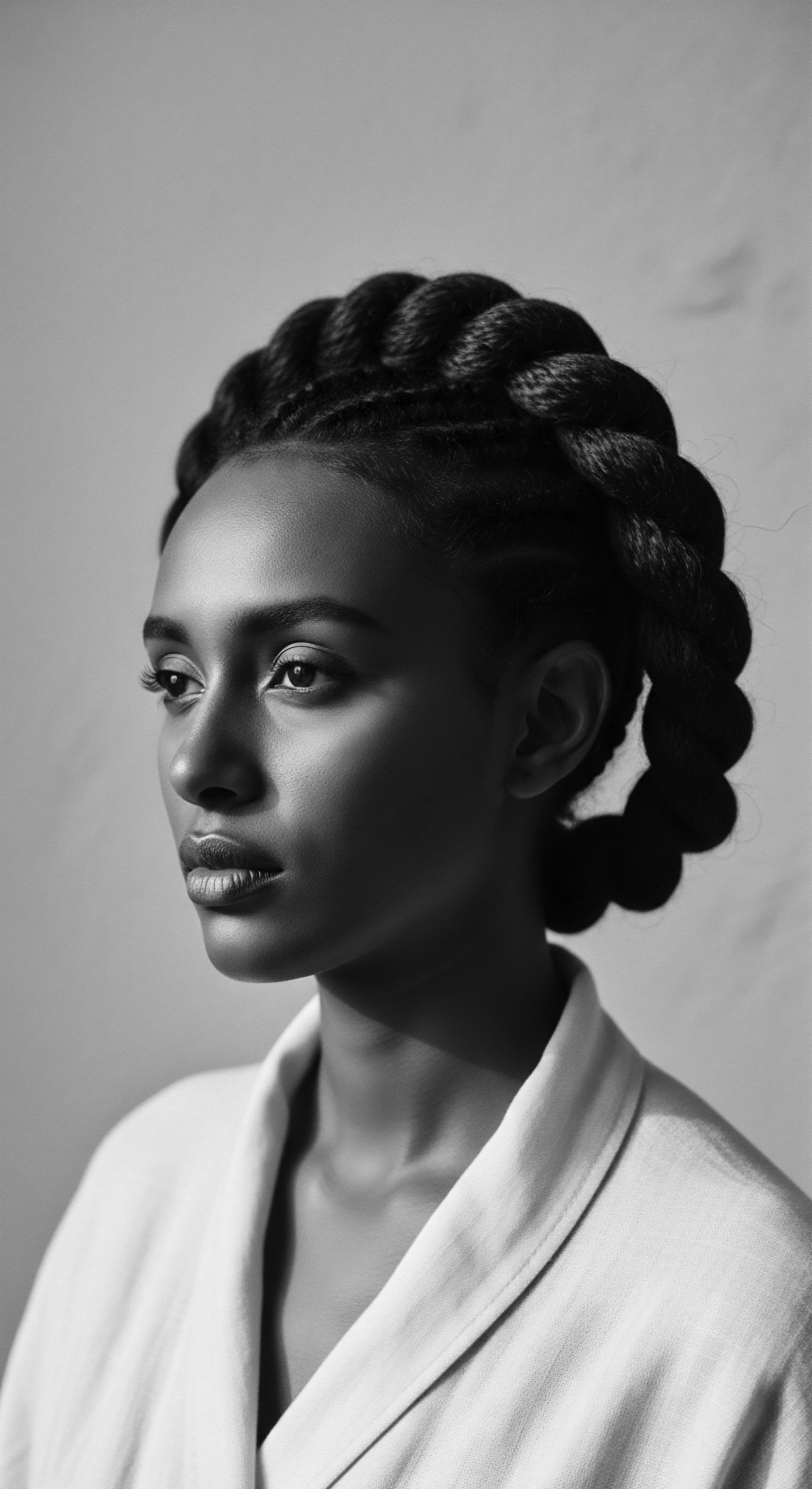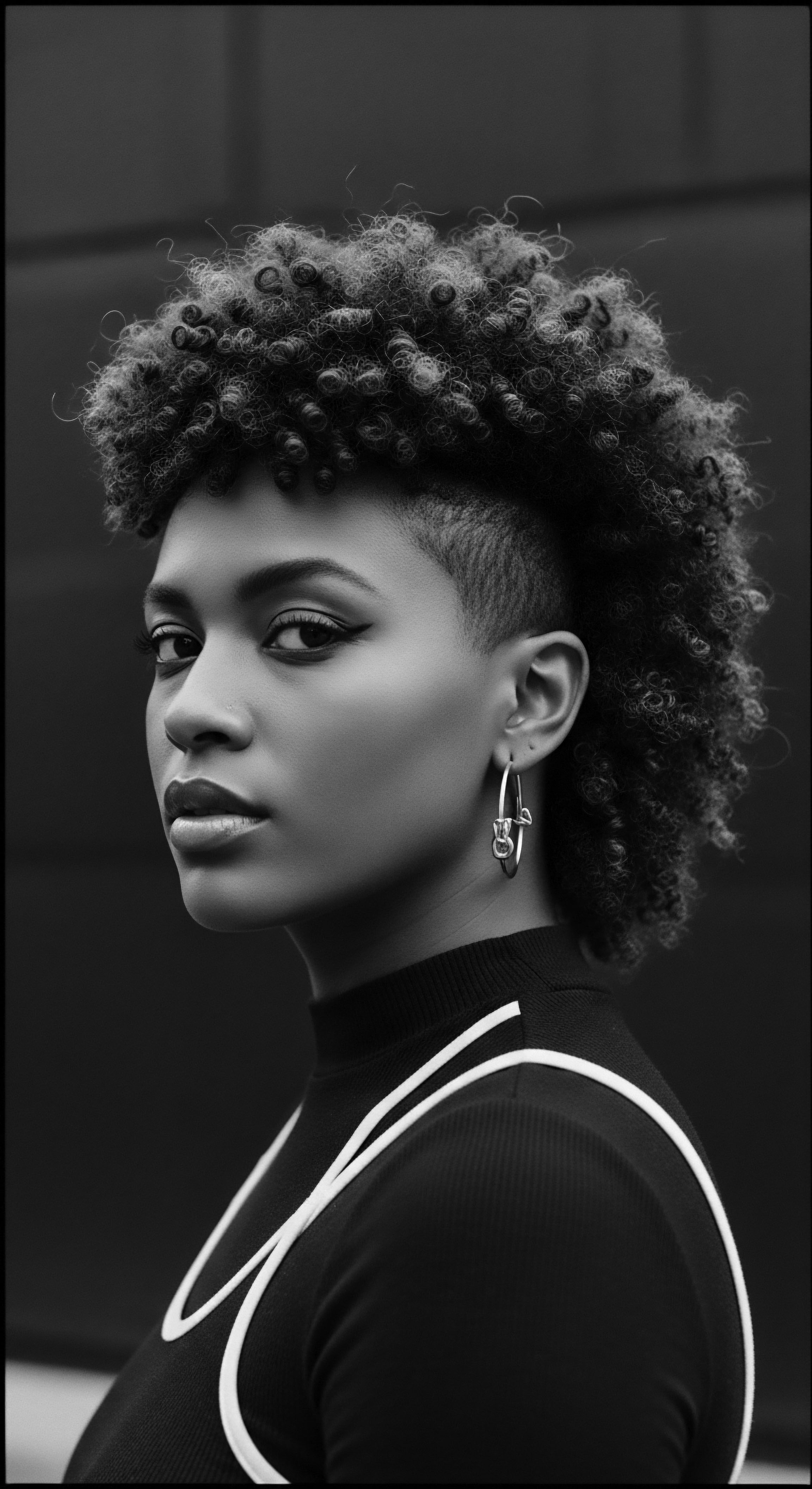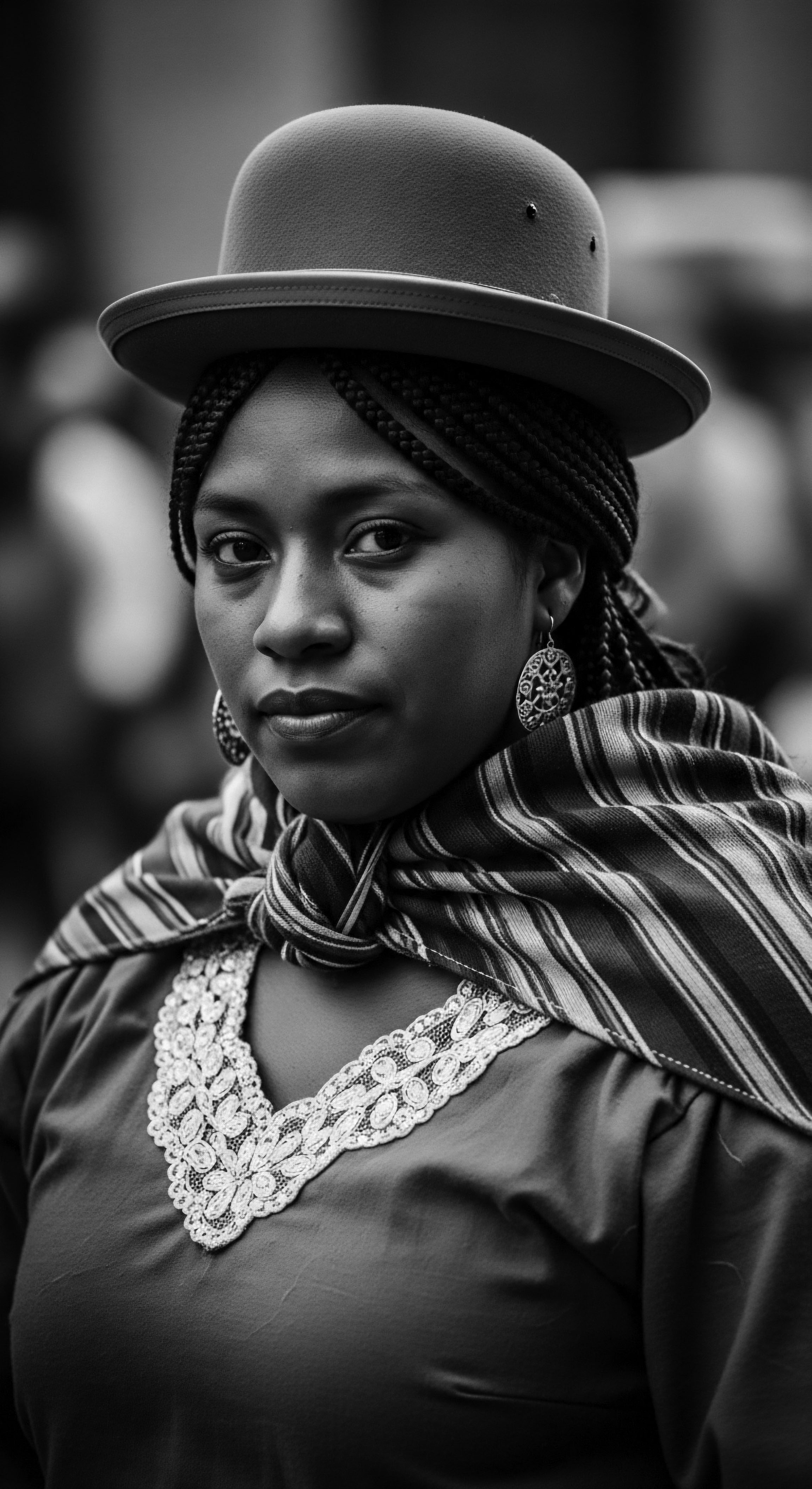
What ancestral oils aid coiled hair health?
Ancestral oils, deeply rooted in textured hair heritage, supply vital moisture and protection for coiled strands.

Can science explain the ancestral benefits of oils on textured hair?
Science validates ancestral oils protect textured hair by sealing moisture and reinforcing its unique structure.

Which ancestral oils best hydrate textured scalps?
Ancestral oils like shea, Jamaican black castor, coconut, baobab, and olive oil hydrate textured scalps by providing protective emollients and deep moisture, honoring a rich hair heritage.

What historical sources document the use of specific oils in textured hair heritage?
Historical sources reveal specific oils, like shea, palm, and castor, were essential for nourishing textured hair heritage across African and diaspora communities.

Can ancient oiling rituals offer contemporary textured hair solutions?
Ancient oiling rituals offer contemporary textured hair solutions by providing profound moisture, protection, and scalp health, honoring a deep cultural heritage.

Which ancestral oils benefit textured scalps?
Ancestral oils, deeply rooted in Black and mixed-race heritage, provide profound nourishment and balance for textured scalps.

How did ancestral oil use support protective hairstyles in textured hair heritage?
Ancestral oils provided essential moisture and lubrication, supporting the integrity and longevity of protective styles in textured hair heritage.

Do ancestral oil practices moisturize textured hair?
Ancestral oil practices indeed provide moisture to textured hair, a heritage wisdom validated by modern understanding of plant emollients.

What ancestral oils are still important for textured hair?
Ancestral oils, rich in heritage, remain vital for textured hair by providing deep moisture and protection rooted in historical traditions.

Which traditional practices used oils for textured hair?
Ancestral practices used natural oils like shea butter and castor oil for textured hair, rooted in heritage and environmental wisdom.

What historical oils guarded textured hair from heat?
Historical oils, derived from plants and butters, provided textured hair with a protective lipid barrier, reducing moisture loss and shielding against environmental heat.

How does textured hair porosity influence ancestral oil practices?
Textured hair porosity shapes ancestral oil practices by influencing moisture absorption, guiding choice and application of traditional oils.

What ancestral oils aid textured strands?
Ancestral oils, deeply rooted in Black and mixed-race hair heritage, fortify textured strands by providing deep moisture and protection.

Which traditional oils best protect textured strands from breakage?
Traditional oils, rooted in ancestral practices, best protect textured strands from breakage by providing deep moisture and forming protective barriers.

How did textured hair communities preserve ancestral oil knowledge?
Textured hair communities preserved ancestral oil knowledge through oral traditions, hands-on communal practices, and adaptation of botanical resources across generations.

What ancestral oils aid textured growth?
Ancestral oils, deeply rooted in heritage, condition and fortify textured hair by echoing traditional wisdom and biological understanding.

What historical oils are used in textured hair regimens today?
Historical oils like shea butter, castor, and coconut oil, continue to moisturize and protect textured hair, upholding a deep ancestral legacy of care.

What historical oils strengthened textured hair?
Historical oils like shea butter, coconut oil, and castor oil strengthened textured hair by providing deep moisture and protection rooted in ancestral traditions.

What ancestral practices involving oils contribute to textured hair heritage?
Ancestral oil practices for textured hair are a profound legacy of cultural resilience, identity, and deep communal care.

How do ancestral hair oils protect textured strands?
Ancestral hair oils protect textured strands by coating, penetrating, and sealing the cuticle, honoring generations of heritage.

How do ancestral oils aid textured coils?
Ancestral oils nourish textured coils by preserving moisture and protecting the hair, reflecting a heritage of intuitive care.

What oils benefit textured hair?
Ancestral oils like shea butter, castor, baobab, and marula deeply benefit textured hair, rooted in centuries of Black care heritage.

What ancestral oils aid textured hair moisture retention?
Ancestral oils, such as shea butter and coconut oil, enhance textured hair moisture retention by sealing strands and deeply nourishing them, reflecting centuries of inherited cultural wisdom.

How did traditional oils support textured hair health?
Traditional oils protected and nourished textured hair, a practice rooted deeply in Black and mixed-race ancestral heritage.

What ancestral wisdom guides the use of oils in textured hair care?
Ancestral wisdom highlights oils as vital for textured hair protection and cultural expression, a heritage of care.

Which ancestral oils offer documented benefits for textured hair?
Ancestral oils, rooted in generational wisdom, provide documented benefits for textured hair through moisture retention and strand strengthening.

Which oils were historically favored for textured hair in different cultures?
Historically, favored oils for textured hair were diverse botanical gifts that nurtured hair and upheld cultural identity.

What historical oil deeply conditioned Caribbean textured hair?
Historical Caribbean oils, like coconut and Jamaican Black Castor Oil, deeply conditioned textured hair through ancestral wisdom and unique properties.

Do ancestral hair oils still hydrate textured hair?
Yes, ancestral hair oils, steeped in heritage, still profoundly hydrate textured hair through properties now affirmed by science.

